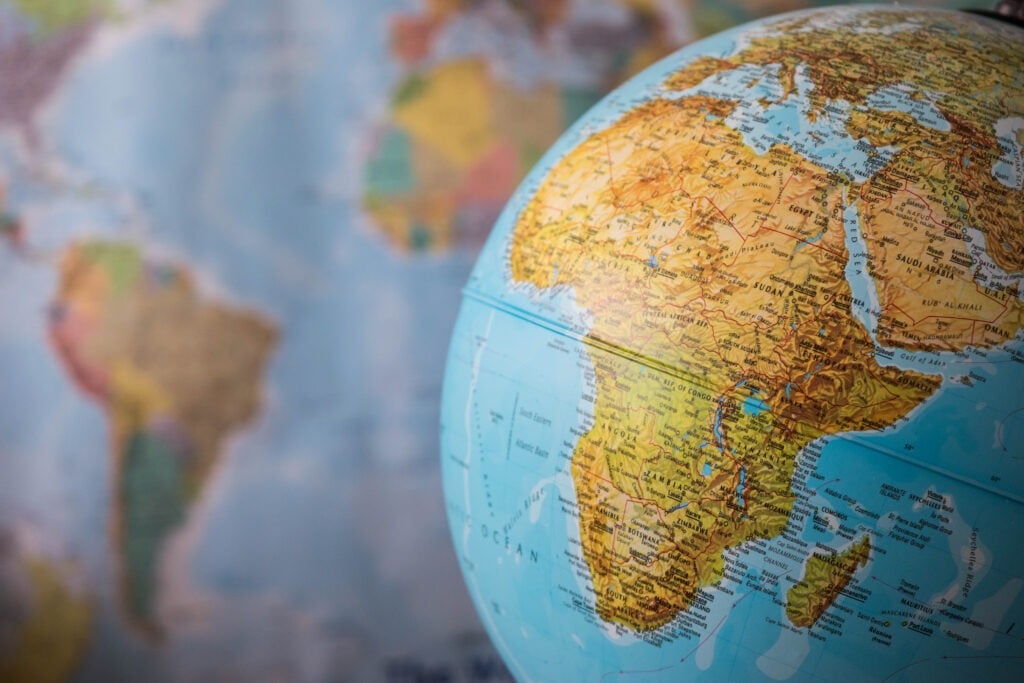Starts in
October 28, 2025
9:00 am / 10:00 am
Note: This webinar is being co-hosted by ROSEI and Power for All.
Africa’s cities and towns are rapidly expanding, reshaping where the electrification deficit is concentrated. New geospatial analysis, using a 30-category spatial framework across sub-Saharan Africa, reveals that millions of households without reliable electricity are clustered not in remote, rural areas, but in peri-urban, secondary city, and grid-proximate areas.
Reaching these growing, unelectrified populations within urban and peri-urban networks calls for new strategies for electrification, investment, and policy. Rather than a binary of “grid vs. off-grid,” the research highlights a spectrum of pathways shaped by geography, settlement patterns, and proximity.
You must register in advance to attend.
What to expect:
- Research spotlight: New geospatial evidence on where access gaps remain.
- Panel discussion: How policymakers, financiers, utilities, and developers can apply this analysis to real-world planning and investment.
- Audience dialogue: Open Q&A on feasibility, implications, and next steps
Speakers:
Participation |
Name |
Affiliation |
Opening Remarks |
Power for All |
|
Opening Remarks |
Ralph O’Connor Sustainable Energy Institute, JHU Department of Civil and Systems Engineering, School of Advanced International Studies |
|
Moderator |
Power for All |
|
Speaker |
Anzana Electric Group |
|
Speaker |
ESMAP/World Bank |
|
Speaker |
Ralph O’Connor Sustainable Energy Institute, JHU Department of Civil and Systems Engineering |
|
Speaker |
Africa Minigrid Developers Association (AMDA) |
|
Speaker |
Rural Electrification Agency of Nigeria (REA Nigeria) |
|
Speaker |
CLASP |
